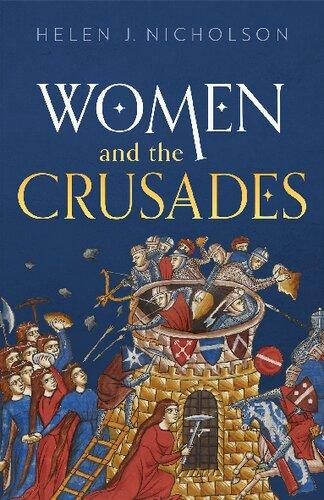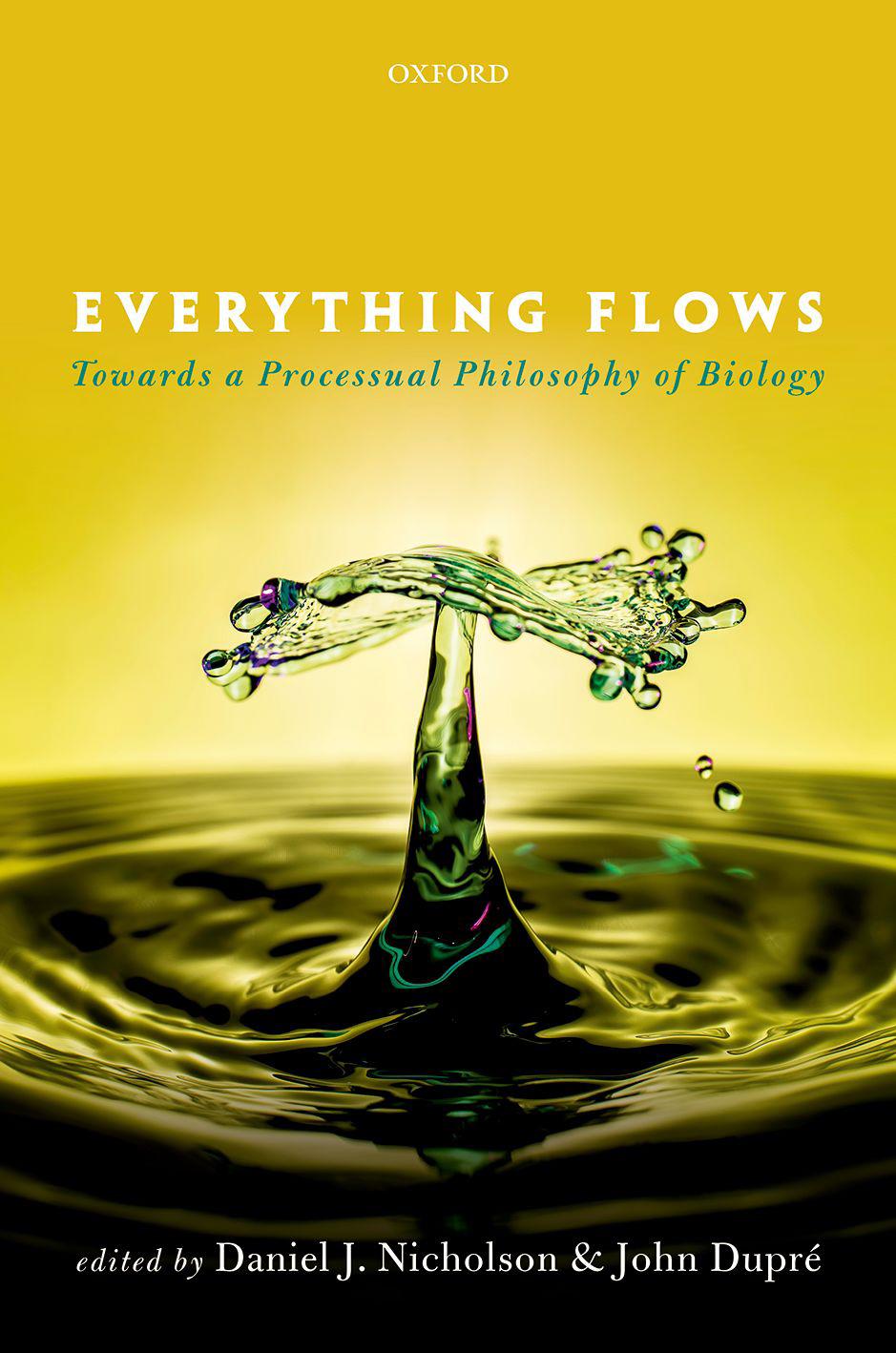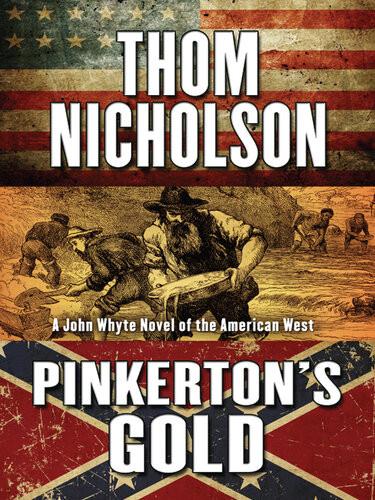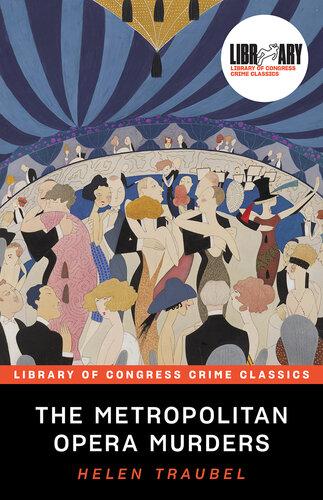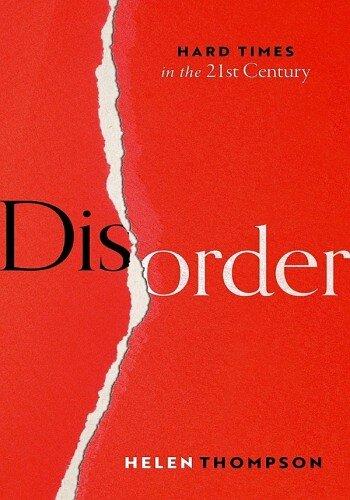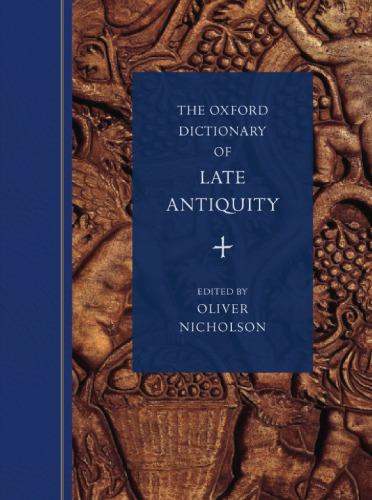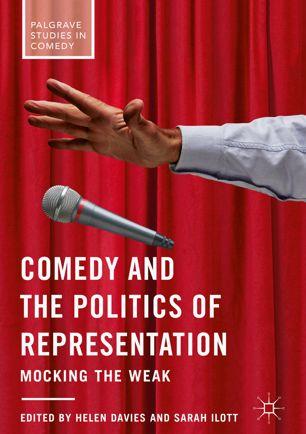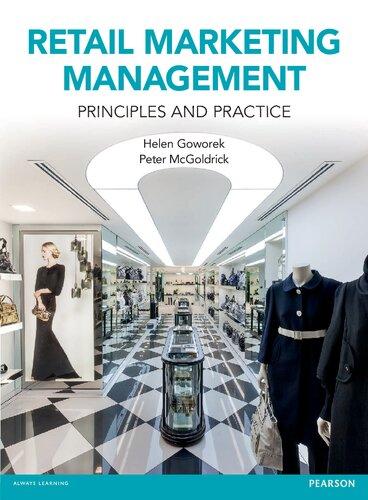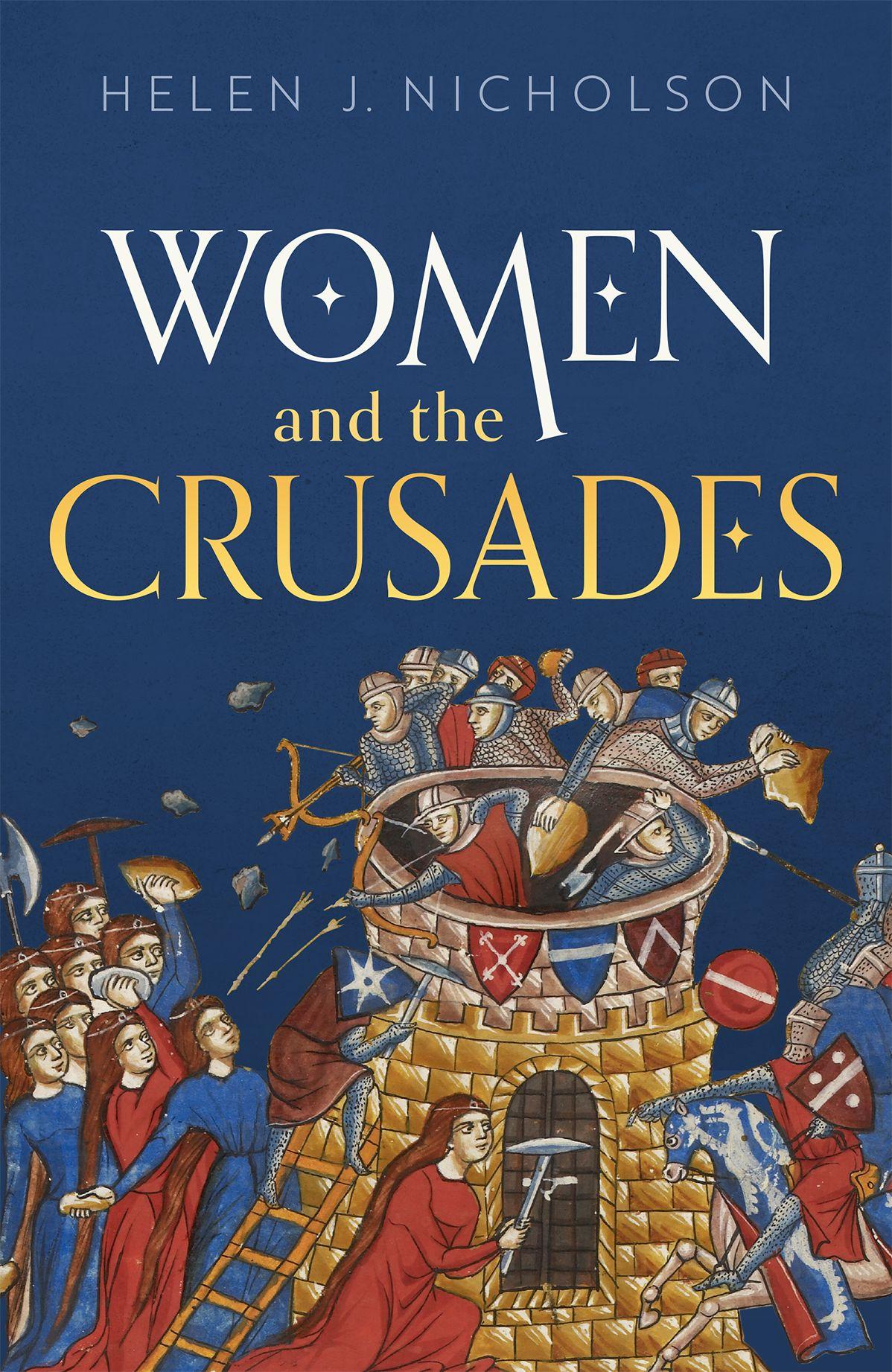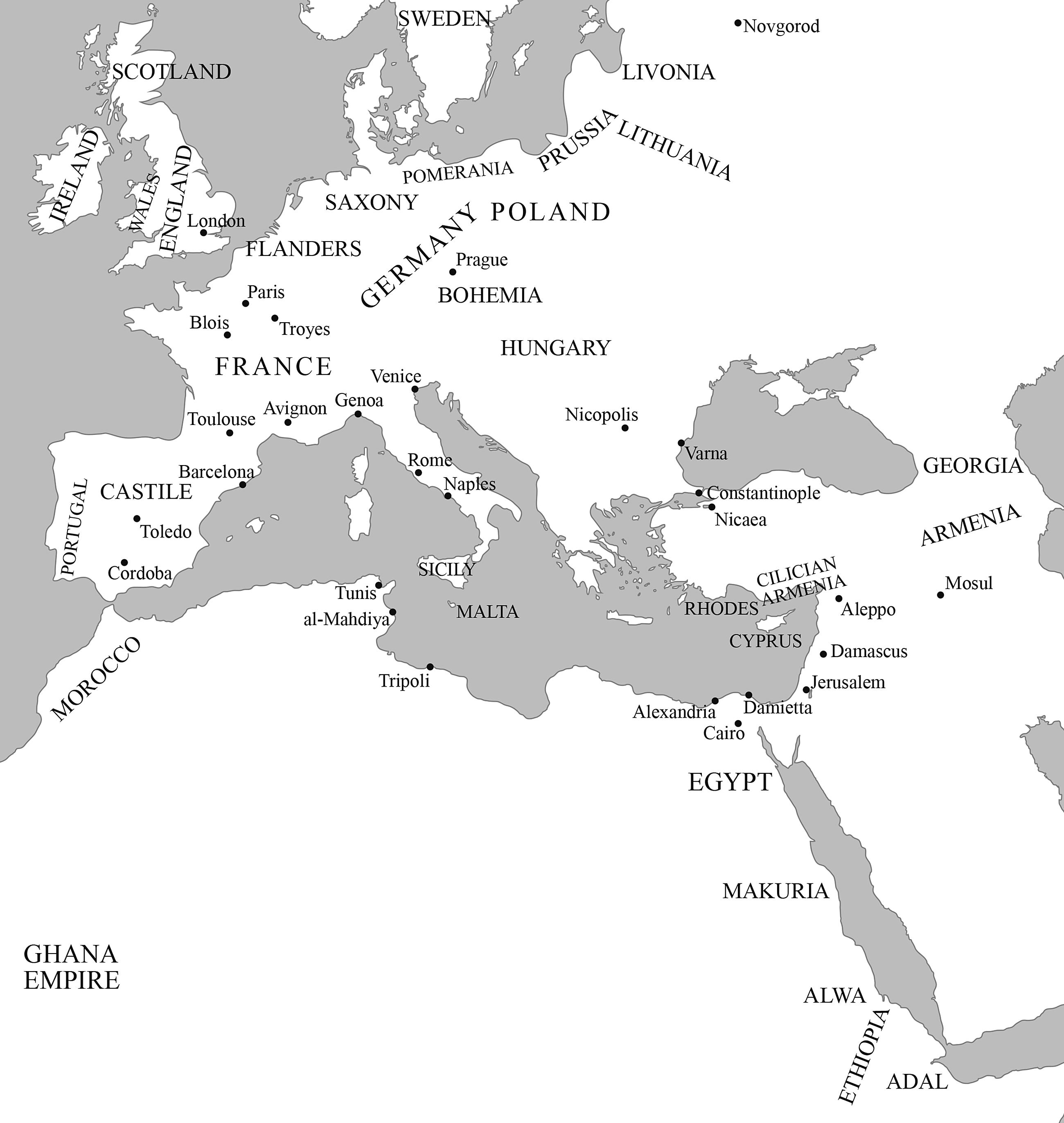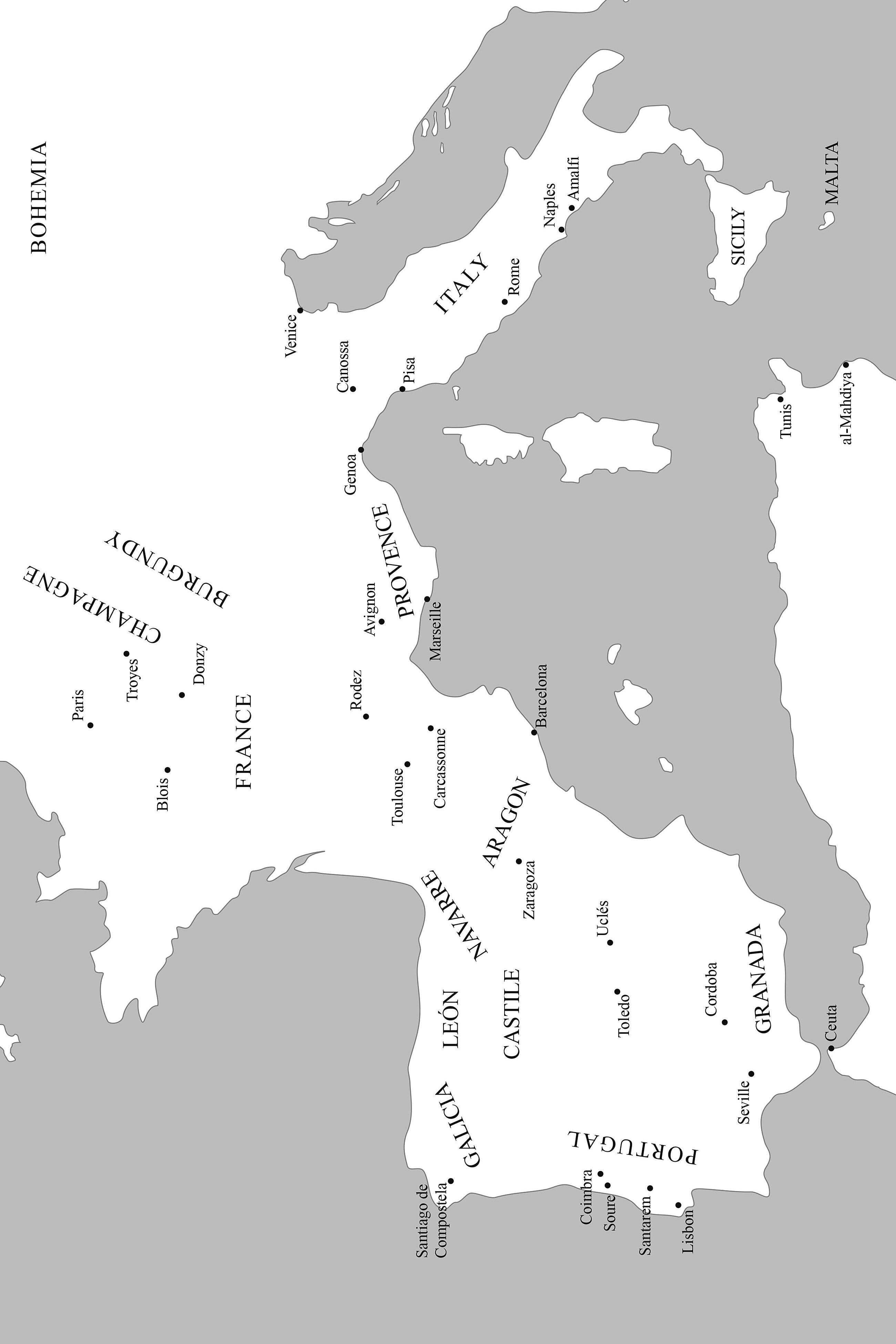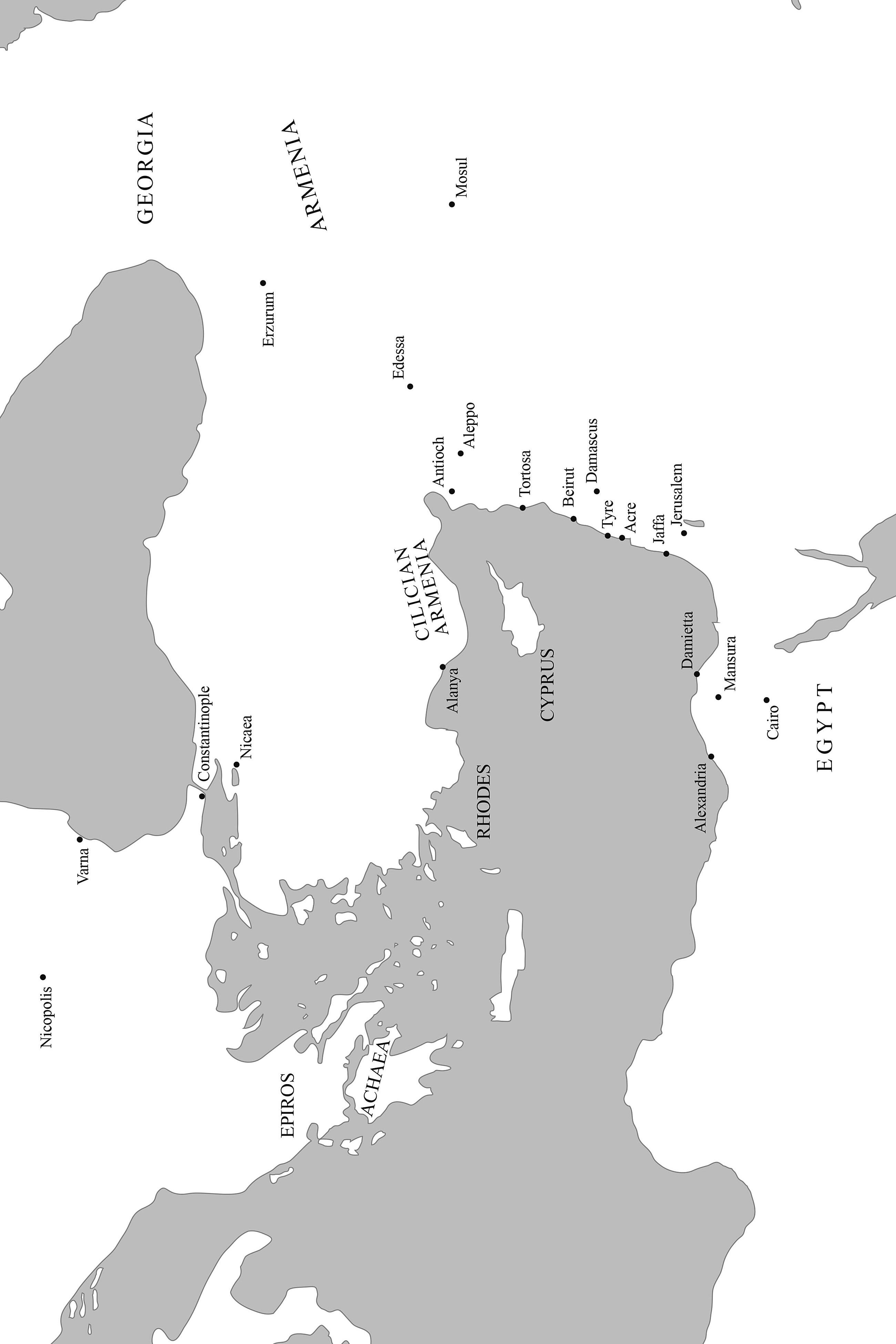Preface
How could women play any role in crusading? If the crusades were a military undertaking and only men could fight, then obviously women could play no practical part in them. Furthermore, clergy and canon lawyers condemned their involvement and commentators blamed women for leading crusaders into sin and bringing God’s wrath down on them.
Yet evidence from medieval Europe and the Middle East during the period of the crusades (broadly the second half of the eleventh century to 1570 when Cyprus, the last crusader state, was lost to the Ottoman Turks) reveals that women played a large part in these wars, from propaganda for crusades through supplying resources and personnel, taking on some combat roles (although their menfolk generally tried to keep them out of the front line), giving support on the battlefield, raising money, and commemorating crusaders. They suffered or enjoyed the results of crusading. It can be difficult to establish exactly what they did, however, because their contemporaries and writers since tend to fit them into certain categories: women could be perfect wives, pious martyrs, and evil jezebels, but it was difficult for them to be simply people. In the period of the crusades, as now, those writing about the crusades always wanted to make a good story from events, with an appropriate happy or moral ending. Women’s involvement was usually depicted as exceptional rather than routine, romantic rather than mundane.1
While it is true that women did have to face considerable barriers, not least from cultural expectation and misogyny, this book argues against the assumption that women’s participation was exceptional, seeking to show that women’s involvement in the crusades was wide-reaching and normal.2 That said, like the contribution of most men, their contribution was often passive rather than active.
The crusades were holy wars in which Latin Christians (those following the Roman tradition and acknowledging the pope as their spiritual leader) fought those of other faiths—heretical and schismatic Christians, and Muslims, and pagans—in defence of people and territory, with spiritual rewards promised to participants. They began in the late eleventh century, as economic and commercial growth spread throughout Christian Europe. The rulers of what were later Spain and Portugal started to expand their territories south into Muslim al-Andalus while growing Italian mercantile cities such as Genoa and Pisa harassed the North African coastal cities. In the Middle East in 1098–1099 the crusaders took advantage of political divisions to capture the cities of Antioch—conquered by the Seljuk Turks in 1084–85—and Jerusalem, which had been conquered by Caliph Umar in around 637. Less than a century later Jerusalem was lost to Saladin (d. 1193), but the concept of crusading continued into the sixteenth century and beyond as a structure for organizing and recruiting for wars with an underlying religious justification.
This book does not set out to re-narrate the crusades. Its purpose is to examine the contribution that women made to the crusading movement from the eleventh century to the sixteenth, in all the theatres of war where the concept of crusading was applied. Many of the women considered in this book did not take the cross in the sense of taking a formal vow to go on crusade and sewing the symbol of the cross on to their clothing, but were involved in the crusade indirectly by urging family members to take part in a crusade, looking after the family estates during a crusader’s absence, purchasing a crusade indulgence which would give them the spiritual benefits of crusading
without taking part in person, or taking part in a religious ritual that supported crusading. As it was not necessary to have taken a formal crusade vow to play a significant role in crusading I have not set out to identify every female crusader or to produce a list of female crusaders, which would give too narrow an impression of women’s involvement.3
Considering the roles of women in crusading shows us that although the crusades were indeed a military undertaking involving fighting men, they were very much more than that: the whole of Latin Christian society throughout Europe was deeply involved in crusading in some way or another. By studying women in the crusades we gain a greater insight not only into the campaigns of the crusades but also into European society itself over half a millennium ago.
Women’s roles in crusading
Historian Sabine Geldsetzer’s 2003 study of women on crusades to the Holy Land between 1096 and 1291 established that women certainly took part in crusades. She identified fourteen women who had definitely taken a formal crusade vow, ninety-one who took part in a crusade with or without a formal vow, and fifty-nine more who may have taken part in a crusade expedition (although some of these may have been on peaceful pilgrimages rather than a crusade).7 This may not seem very many, but just as most women who were involved in crusade campaigns were not formally called crucesignatae, most men in crusade armies were not crucesignati, the male equivalent.8 Women present in the armies of the First Crusade, for instance, were full participants in the expedition even if they had not formally taken the cross.9 Just as men did, women accompanied crusaders as servants and companions. Just as men did, women also suffered at the hands of crusaders: they were abused, taken prisoner, enslaved, and killed.10
Women involved in the crusades usually did not play an active military combat role except in emergencies and few took on command roles. Some men, notably priests, were also not expected to fight in the field, and instead performed essential support roles in time of war. Like their male counterparts women were allocated specific support roles in wartime, such as herding livestock to safety, loading crossbows, boiling water, collecting or preparing munitions for use against the enemy and sometimes also delivering them, and performing labouring tasks. These were essential roles and the fact that they were performed by women did not make them any less militarily valuable.11 Royal and noble women initiated and organized campaigns, mustered and led armies to the front, but were not recorded fighting in the field. They also provided diplomatic support. The roles played by women were as essential and often the same as the roles played by men, and the fact that they were not regarded as newsworthy and so were not usually noted does not mean that their fellow-crusaders thought they were unimportant.
That said, most women of child-bearing age would face certain limitations on crusade which men did not experience. Women’s monthly bleeding rendered them spiritually impure in the eyes of the clergy so that they were barred from entering some holy sites, and could leave them unable to operate for a few days each month due to ‘period pains’.12 As a married couple travelling together would probably continue sexual relations throughout the crusade for their health and to avoid the temptation to adultery, and as there were no safe and effective means of birth control, a woman travelling with her husband was likely to become pregnant during the crusade, and then might suffer from the various conditions which commonly arise in pregnancy, from morning sickness through to life-threatening conditions such as eclampsia. She might die in childbirth. If she survived, after the child’s birth she would be occupied in feeding and caring for it. Noble and wealthy women would be able to employ assistance to help them with this work, but poor women would be expected to carry the extra burden regardless and some could not do so: Albert of
Aachen describes women giving birth prematurely because of the harsh conditions and abandoning their dead or dying infants.13 As a result, women of child-bearing age were not always as mobile as men of a similar age and not always able to take on heavy physical work, although they might also be able to call on the assistance of their children to help with simple labouring tasks: when the crusaders captured Damietta in 1219, women and children were paid for the help they had given the warriors during the siege.14
Women’s involvement in the crusades was also limited by social status. In Europe and the Middle East during the time of the crusades opportunities available to noble women for travel and individual choice would have been very different from those available to merchant women, and even further removed from those of poor women. Noble women might raise troops, finance the construction of fortifications, act as patrons for literature connected with the crusade, commission a tomb for a dead crusader, and so on. Such contributions would probably have been beyond the financial resources of other women; yet non- noble holy women could act as effective advocates of crusading, as their spiritual authority gave them a public voice. We shall encounter several such women later in this book.
All non-combatants, male and female, could be a drain on a crusade army’s resources. Popes encouraged those who could not fight to make a financial contribution to the crusade in return for a part of the spiritual reward promised to those who took part in person. The promised spiritual reward changed as the concept of crusading developed, but in general participants in the crusades believed that God would cancel some or all of the punishment due for their sins in return for their taking part; this was called an ‘indulgence’, as God indulged or remitted their punishment.15 At the end of the twelfth century Pope Innocent III formalized this arrangement of payment for the crusade indulgence, offering those who donated towards the cost of going on crusade or who sent someone else in their place the same spiritual reward as those who went in person. Experts in canon
law, the law of the Church, assumed that women would always redeem their crusade vows by payment rather than going in person, unless they could afford to raise and lead a military force themselves.16
As most of the fighting on a crusade would be carried out not by vowed crusaders but by warriors hired to fight, most members of society—women, clergy, non-military classes, those too old or too young to fight—supported crusading not by fighting but by donating money and taking part in special liturgies (religious rituals and prayers) to win God’s help for the warriors.17 So to assess women’s full contribution to the crusades we need to look not only at the campaigns themselves but to the physical and spiritual support network for crusaders in Europe, the culture which supported the crusades and the memorialization of crusaders—activities which involved women from all levels of society.18
Definitions of crusading
What was a crusade?
In addition to considering a broad range of activities which supported crusading, we should consider a broad range of campaigns. Perhaps the most commonly held view of a crusade is that it was a military expedition to the eastern Mediterranean to assist Christians or to liberate or defend Jerusalem and the Church of the Holy Sepulchre (built on the site in Jerusalem where Christ’s body is reputed to have lain between burial and resurrection). On this basis, crusades began in the late eleventh century and ended at the end of the thirteenth century when the final strongholds of the so-called ‘crusader states’ (polities created after the First Crusade and based around the cities of Antioch, Edessa, Jerusalem, and Tripoli) were captured by the Mamluk sultans of Egypt (a military oligarchy made up of former slaves of Central Asian origin and their descendants).19 However, contemporar ies used the same terminology in referring to a much wider range of campaigns, which took place over a longer period of time and a
greater geographical area. Hence the word ‘crusade’ is now used to designate variously any military expedition originated, authorized, and organized by the papacy (including campaigns in the Iberian Peninsula, the Baltic region, or against heretics), any expedition which its participants depicted as a crusade (including popular movements such as the Children’s Crusade of 1212 which were not authorized by the papacy), or any instance of penitential warfare, holy war which justified fighting in defence of the Christian faith with the expectation of spiritual reward.20
According to these wider definitions, crusading began in the second half of the eleventh century, when Pope Gregory VII first proposed a penitential military expedition to help the Christians of the East, and continued into at least the sixteenth century. In the sixteenth century Latin Christians still talked of recovering Jerusalem although their main focus was to halt the advance of the Ottoman Empire.21 The language of crusading was used in a range of conflicts in defence of Christians: for example, by the military-religious Hospital of St John (the Hospitallers) defending themselves against the Ottoman Turks on Rhodes (1522) and Malta (1565), and by the Portuguese in Ethiopia (1541–1543), where a Portuguese force under Cristóvão da Gama assisted Queen Säblä Wängel (Seble Wongel) and her son King Gälawdewos to defeat the jihadi forces of Imam Ahmad ibn Ibrahim al-Ghazi of the Muslim kingdom of ‘Adal.22 The campaign was described by the eye-witness and soldier Miguel de Castanhoso in crusading terms: the Portuguese came in ‘the service of God’ to ‘die for the faith of Christ’; it was a ‘holy enterprise’, fighting ‘the enemies of our holy faith’, and Cristóvão da Gama was ‘the apostle of God come to deliver [the Ethiopians] from captivity and subjection’. Castanhoso called da Gama’s death at the hands of Imam Ahmad a martyrdom and described miracles occurring at the site and on the day of his death, as if this war was a crusade, even though it had not been formally launched by the pope.23
The Spanish conquerors of Mexico led by Hernán Cortés (1519–1521) also referenced some aspects of crusading as they set up
altars with the symbol of the Holy Cross and images of the Blessed Virgin Mary and the Infant Christ, called on St James of Santiago for aid (traditionally the helper of the crusaders in Spain against the Moors), gave Christ credit for their victories, and maintained that they were carrying out holy work (but their holy work was the conversion of non-Christians rather than the protection of Christians and Christian territory which had been the role of the crusades).24 Unlike crusaders they did not claim to be giving their lives for Christ, and they did not have papal endorsement for their campaigns.
These crusades and holy and/or penitential wars were not simply between Christians and Muslims or Christians and pagans: Christians allied with Muslims and Muslims with Christians, Christians with pagans and so forth.The difference between these wars and traditional raiding for plunder and captives or a war over territory was that the pope was involved in initiating and/or organizing many of the campaigns, and they were fought in the name of Christ for a spiritual reward. Many of the women discussed in this book supported or were involved with these wider expeditions rather than expeditions to Jerusalem, but all these expeditions used the same terms to describe their purpose: referring to taking up the Holy Cross, carrying out Christ’s business, dying for Christ, and fighting an enemy who threatened Christians and Christendom.
Crusade or pilgrimage?
Not every woman who set out for Jerusalem was going on crusade; many were going on pilgrimage.25 It can be difficult to separate pilgrimage from crusade, because by the time of the Second Crusade (1147–1148) the armed expeditions to assist Christians and protect Christian holy places were known as ‘pilgrimages’ (in Latin, peregrinationes). Those taking part in a crusade took a vow in a liturgical rite similar to a vow of pilgrimage, both crusades and pilgrimages were deeply pious acts undertaken in expectation of a spiritual reward, and crusaders called themselves ‘pilgrims’, peregrini.26 Crusaders’ property
was under Church protection during their absence as was pilgrims’ property (although the protection for crusaders’ property was extended to cover their wives and children too).27 Pilgrimages are penitential journeys to a sacred place; crusades were penitential undertakings with a holy aim. Contemporary descriptions did not always make clear the difference between the two, even if they were aware that there was a legal difference.28 The liturgical connection between pilgrimage and crusade continued even after the loss of Jerusalem and the crusader states of the Holy Land, and only gradually faded in the fifteenth century as the Ottoman Turks came to be seen as the greater threat to Christendom.29
This use of the single term ‘pilgrimage’ both for peaceful journeys to holy sites and for penitential military expeditions can, of course, make it difficult to tell whether a particular woman ‘pilgrim’ was on a peaceful pilgrimage or taking part in a crusade. To compound the confusion, a woman might commute or change a pilgrimage to a holy place into a financial contribution towards the military defence of the Holy Land, as when in 1275 Helewyse Palmer and her daughter Isabel from Preston in Lancashire, England, commuted a vow of pilgrimage to the shrine of St James of Compostela into a donation to aid the Holy Land, meaning that the money would pay for warriors to defend the crusader states, and suggesting that a peaceful pilgrimage was the equivalent of military action in God’s cause.30
Women travelled in significant numbers to the Holy Land even after the destruction of the crusader states in Palestine and Syria in 1291, demonstrating that the Holy Land and Jerusalem remained important to Latin Christians.31 Some went on pilgrimages with husbands and parents, but many travelled alone.32 Margery Kempe (fl. 1438), a wealthy merchant woman from King’s Lynn in Norfolk, England, now famous for her mystical visions, was one such who made the journey to the Holy Land without husband or family, visiting Jerusalem, the Jordan, and the Mount of Temptation, and returned bearing holy relics to recount her spiritual experiences.33 However, although her pilgrimage was a physical and spiritual struggle, it was not a military expedition and she did not get caught up in military
activity—unlike Isolda Parewastell from Somerset in England who in 1365, having travelled to Jerusalem, was caught up in Mamluk reprisals against Christians for the Latin Christians’ conquest of Alexandria in that year.34
Those who went on pilgrimage to Jerusalem or dreamt of doing so would have wanted to retain access to the holy city for pilgrims, which meant at least maintaining the possibility of military action if necessary. Interest in the Holy Land—as evinced by women such as Elizabeth of Asheton, about to set out from Dover in March 1348 for the Holy Land on pilgrimage accompanied by a chaplain and two yeoman, or Elizabeth of Combe Keynes in Dorset, who set out with some of her neighbours for the Holy Land in Christmas week of 1373 but died during the journey, and which led three named men and five unnamed women to make arrangements for a journey to the Holy Land in 1386—could translate into support for holy war against nonChristians to recover or protect the Holy Places.35 The six wealthy and devout old women who joined the same pilgrimage ship as Felix Fabri on his first pilgrimage to the Holy Land in 1480, the year of the first Ottoman siege of the Hospital of St John on Rhodes, testify to women’s continuing willingness to brave the perils of the eastern Mediterranean at a time of increasing danger to travellers.36 Although some of the women who are discussed in this book were in fact on pilgrimage when they became mixed up in a crusade, they were involved in crusade activity even if unintentionally. Other women discussed here may have been connected with a crusade expedition, or may have been independent pilgrims. All of them were involved in some way with penitential warfare, whether supporting the use of force or taking part in it themselves, rather than peaceful pilgrims.
Some problems with evidence
Establishing exactly what women did on crusade is not as straightforward as might first appear. The narrative accounts of the crusades are perhaps the most attractive sources for studying these campaigns, with
their gripping accounts of battles and the difficulties faced by the crusaders, but they do not necessarily give an accurate account of what took place.
Crusade chronicles were a distinctive type of historical writing that told the story of a crusade campaign from beginning to end.37 Typically they were composed either while the crusade was in progress (to encourage recruitment), in the immediate aftermath (to explain success or defeat), or in preparation for the next one (to encourage recruitment and remind the leaders of what went wrong last time). Many were written by clerics such as Albert of Aachen and Fulcher of Chartres, whose accounts of the First Crusade have already been mentioned. Clerics often wrote in the scholarly language of Latin, which gave their work more authority, but some wrote in their own language—French, Occitan, and so on—and might use verse to make their work accessible to a wider audience. For instance, two writers recorded the events of the Third Crusade (1189–1192) with similar content but very different presentation: the Estoire de la Guerre Sainte (‘the history of the holy war’) was written in French verse, probably by a Norman priest named Ambroise, while the Itinerarium peregrinorum et gesta regis Ricardi (‘the pilgrims’ journey and the deeds of King Richard’) was written in Latin prose: the author was probably an English Augustinian canon, Richard de Templo.38 But not all historians were clerics: some crusade chronicles were written by secular warriors, such as Geoffrey of Villehardouin, one of the leaders of the Fourth Crusade, or John, lord of Joinville and seneschal of Champagne in north-eastern France, who took part in King Louis IX of France’s first crusade, to Egypt (1248–1254). Geoffrey wrote soon after the Fourth Crusade to explain and justify the course of events. John wrote some fifty years after events as an old friend of the king, incorporating his account of King Louis’s crusade into his account of Louis’s holy life.39
Some writers incorporated descriptions of crusades within wider commentaries on current and recent events, as did Archbishop William II of Tyre (d. c. 1185), historian of the kingdom of Jerusalem, and the
English monastic chronicler Matthew Paris of St Albans Abbey (d. 1259), both writing in Latin. Matthew’s work—well-informed, readable, and enlivened by his own strong prejudices—was continued by other monastic writers, although his histories probably did not circulate outside monastic circles.40 William’s history was translated into French and continued in both Latin and French by writers working in Europe and in the kingdom of Jerusalem. In its French form (known as ‘the History of Eracles’ from its opening chapter, which tells how the Byzantine Emperor Heraclius recovered the relic of the True Cross on which Christ was crucified from the Persian king Chosroes II), this history circulated very widely among the secular nobility of Europe as well as clerical scholars. Both William and his French continuator were so prejudiced in favour of certain members of the nobility of the crusader states that at times their accounts border on fiction.41 The anonymous northern French writer known as the ‘minstrel of Reims’, writing in 1260, composed an entertaining and semi-fictionalized account in French prose of events in the Holy Land, France, Flanders, and England over the previous eighty years.42 It was not only western Europeans who wrote about the crusades. Anna Komnene or Comnena (d. c. 1153), eldest child of the Byzantine emperor Alexios I Komnenos whose appeal to the West had initiated the First Crusade, incorporated extensive commentary on that campaign in her biography of her father, the Alexiad.Written in ‘high style Greek’, this was a learned and deliberately antiquarian work aimed at an elite readership and intended to exalt her father’s memory.43 The conflict between Saladin and the Third Crusade was recorded by Saladin’s secretary ʿImad al-Dqı n al-Isfahanı and the qadi Baha’ al-Dı n Ibn Shaddad, who wrote to praise Saladin.44 Their contemporary, the scholar and historian Ibn al-Athı r, used their work and developed it in his history of the period.45 In contrast, the Arab-Syrian nobleman, warrior, and poet Usama ibn Munqidh included stories of crusaders and women’s involvement in conflict as part of his collection of improving anecdotes, which he may have intended to present to his patron Saladin.46
Just as no modern reader would accept a news report without questioning whose political interests it serves, we should not accept a contemporary commentary on a crusade expedition without pausing to ask whose interests or what agenda the writer was promoting. No writer set pen to parchment without an objective in mind, be it to present a moral lesson to edify the reader, praise the deeds of a noble person in hopes of receiving their patronage, vindicate the actions of themselves or their friends or patrons, offer a moral lesson, or give a warning to future generations. Each character presented in these crusade narratives had their role to play in the author’s overall plan. Writers on all sides of the conflict depicted women in traditional gendered roles: they could be pious virgins, faithful wives and carers, pure-hearted devotees of chivalry; or they could be impious whores, weak-willed frail creatures easily led astray by their lusts, or powerful temptresses; or they could be innocent victims and suffering martyrs, or depicted as spoils of war, the just reward of the victor. Writers anxious that the presence of women in crusading armies could destroy the crusaders’ spiritual purity and lead them into sin would tend to stress the destructive influence of women in the army rather than giving them credit for their courage in undertaking the journey.47
The mother of the Muslim general Kerbogha in the account of the First Crusade known as the Gesta Francorum (‘the deeds of the Franks’) is a good example of a fictionalized character which reflects the narrator’s aims and audience expectations rather than actual events. The Gesta Francorum describes Kerbogha’s mother hurrying to reprimand her son when she hears that he is besieging the crusaders, who have just captured Antioch. She beseeches him not to fight ‘the Franks’ (the Latin Christians, who called themselves ‘Franks’):
The Christians alone cannot fight with you—indeed I know that they are unworthy to meet you in battle—but their god fights for them every day, and keeps them day and night under his protection, and watches over them as a shepherd watches over his flock.48
She predicts that if her son ignores her advice he will suffer the greatest loss and dishonour, and die later in the year. This does not mean
that Kerbogha’s mother did in fact arrive at the siege of Antioch and make such a speech; the character has an important narrative role in presenting the author’s propaganda for the crusade. It also reflects contemporary European Christian views of a mother’s social role and responsibilities, and what European Christians imagined about Muslim women and believed about crusades.49
Eleanor, duchess of Aquitaine, queen first of France and then of England, is a slightly different case: she did take part in a crusade but her role was elaborated by her contemporaries and later generations. Eleanor accompanied the Second Crusade with her first husband, King Louis VII of France, but the eye-witness account by the monk Odo of Deuil and the course of events indicate that her active role during the crusade was in diplomacy, not on the battlefield. The crusade was a failure: it made no territorial gains, and arguably its abortive siege of Damascus drove that influential city into the hands of Nur al-Dı n, ruler of Aleppo and Mosul, and formidable champion of Islam. Eleanor was among those whose actions were blamed for undermining the crusade: she was accused of having an affair with her uncle, Prince Raymond of Antioch. Raymond had hoped to persuade Louis to help him attack Aleppo, but Louis preferred to take his army on to Jerusalem. It is possible that Eleanor’s attempts to negotiate between her uncle and her husband were misinterpreted by her husband and his northern French advisors; but whatever the origin of the accusations against her, later writers developed and embellished the story, adding additional romantic liaisons. By 1260 the ‘Minstrel of Reims’ was telling a story of Eleanor having an affair with the Muslim sultan Saladin—who in 1147 would have been only ten years old. In the seventeenth century the English clergyman and historian Thomas Fuller recorded Eleanor falling in love with ‘a base Saracen jester’. Some writers imagined a military role for Eleanor. The Byzantine historian Niketas Choniates (d. 1217) wrote that there was a group of women among the crusaders who rode astride like men, ‘bearing lances and weapons as men do; dressed in masculine garb, they conveyed a wholly martial appearance more mannish than the Amazons’ led by ‘another Penthesilea’, the queen of the Amazons at the ancient
